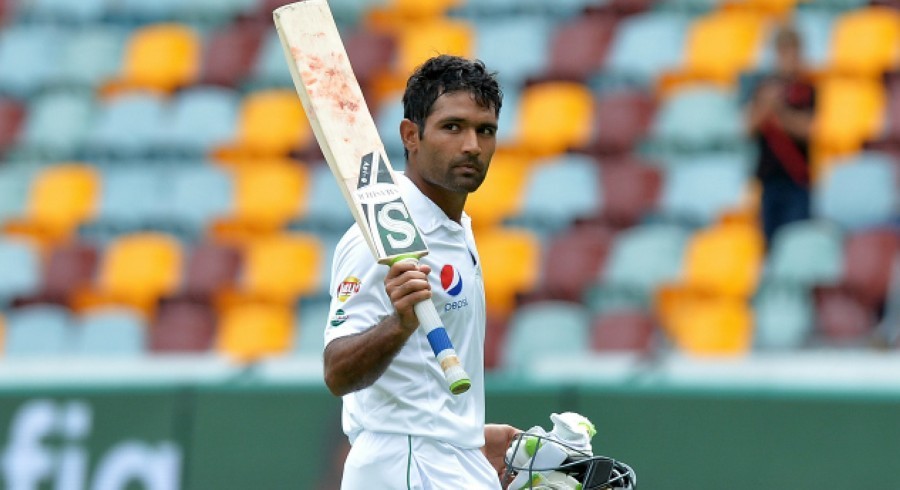Former Pakistan cricketer believes that the new system should be given time to succeed
 PHOTO: AFP
PHOTO: AFP
Former Pakistan cricketer, Haroon Rashid, believes that the changes made to the domestic cricket structure in the country was the need of the hour.
While speaking to Cricket Pakistan in an exclusive interview, former director of domestic cricket said that middle-order batsman Asad Shafiq’s exclusion from the national side highlights what was wrong with the previous system — led by departments.
“If you want to assess my performance, then one should check the results of the tasks I was given. Did Pakistan get players when I was the junior team selector or the U16 youth program that I initiated? I also worked as the head of domestic cricket where we learned that the current system is not in line with international requirements. If a player like Asad Shafiq plays 70 Test matches and is still not able to secure his place in the national side then it is clear that something is wrong with our system,” said Rashid.
“At one point, we witnessed four innings being finished inside a day during inter-district club matches. Teams just weren’t equipped to play more than 35-40 overs. These are the realities people don’t know. It is easy to get emotional and criticise but I’m satisfied with the work I have done for Pakistan cricket,” he added.
ALSO READ: Mohammad Rizwan among Wisden's five Cricketers of the Year
Rashid also opened up about the work done with the task force responsible for the implementation of the new domestic cricket structure and the availability of jobs in the future.
“If you remember, a task force was formed to identify the weaknesses in Pakistan’s domestic cricket structure. I was also a part of it along with representatives from departments and associations. After in-depth study, we came to the conclusion that there were too many teams playing in domestic cricket, 42 in total, which led to emphasis on quantity instead of quality. There was also duplication of players and the average age of players in first-class cricket, 29, was also on the higher side. Also, the fitness levels were very poor,” he said.
“This is a transitionary period, because there is a new system in place, but once the City Cricket Associations are up and running players will get jobs. We need to give this system three to five years inorder to succeed rather than expecting things to improve straightaway,” he added.